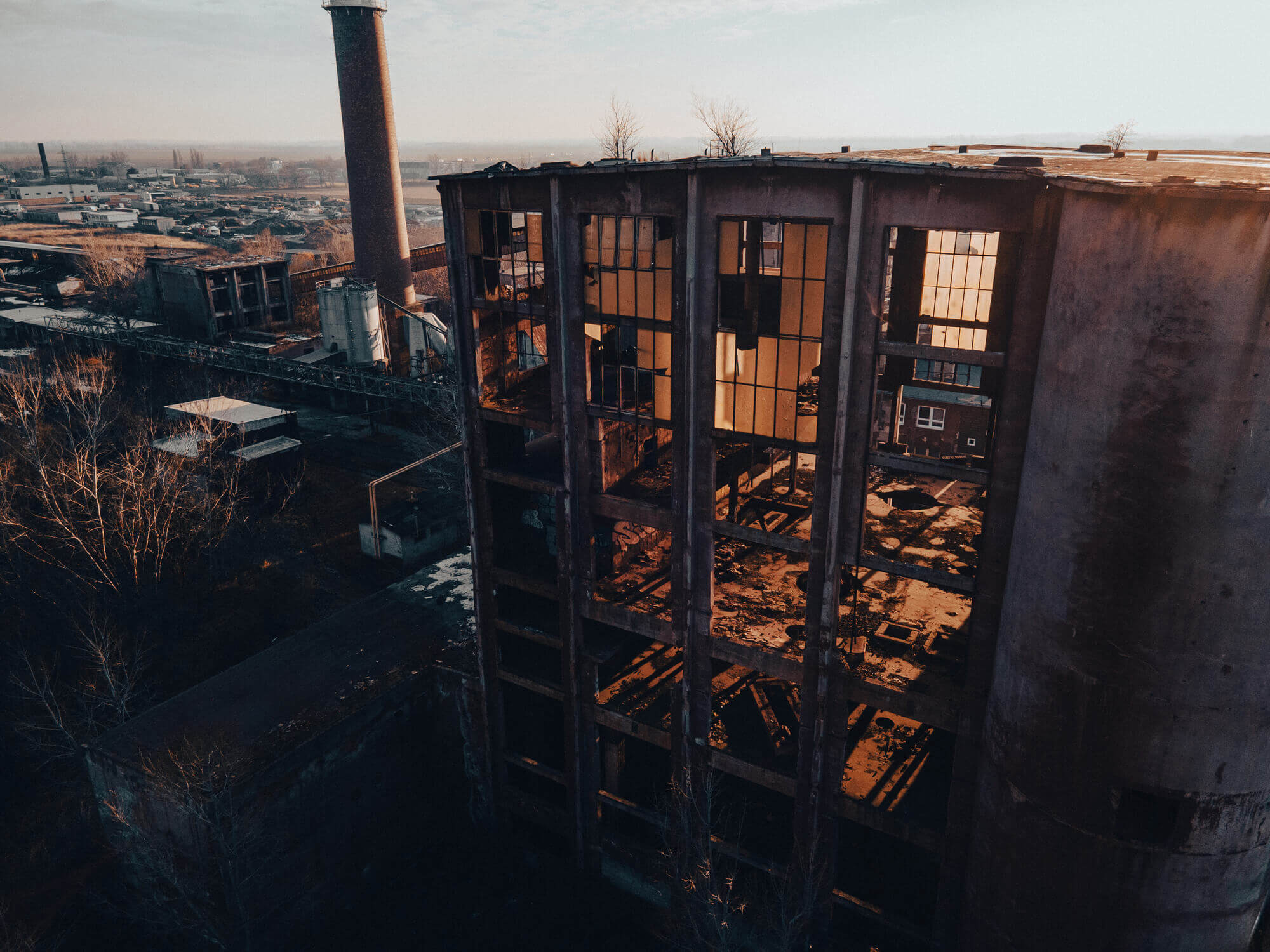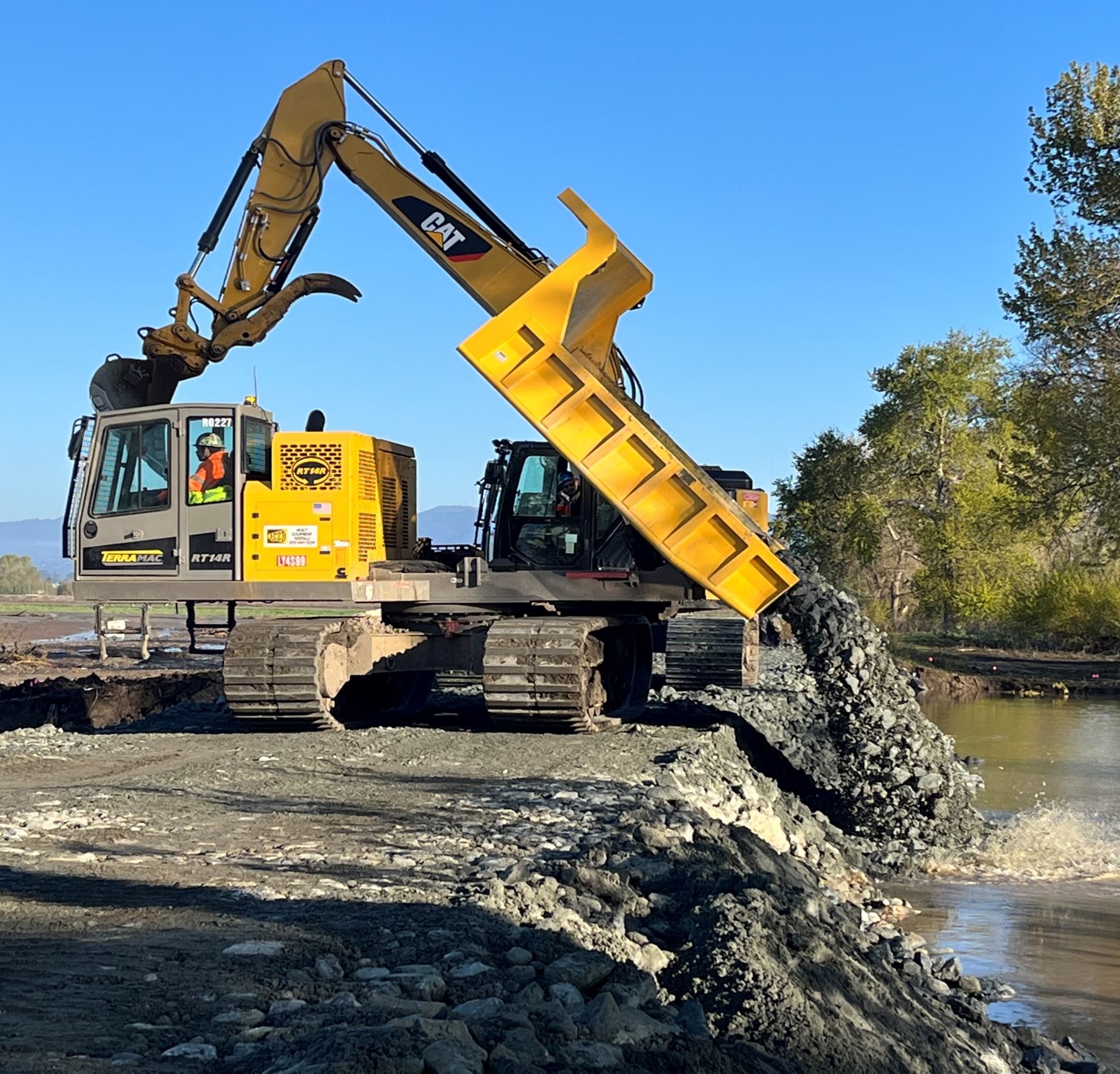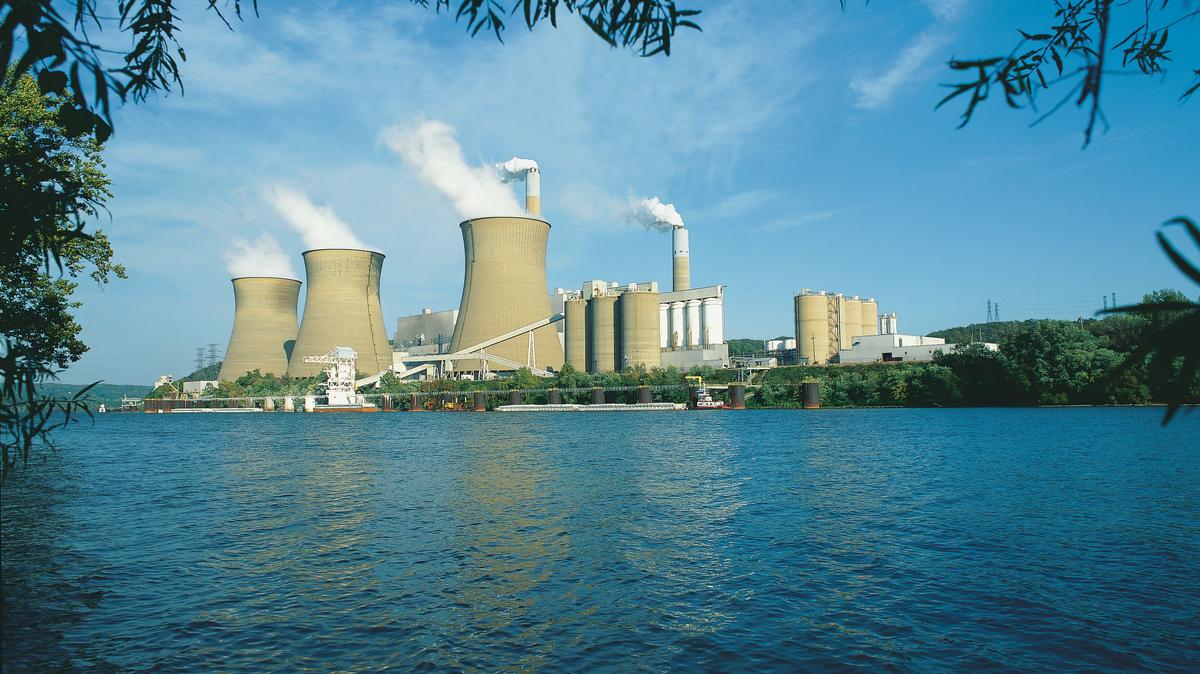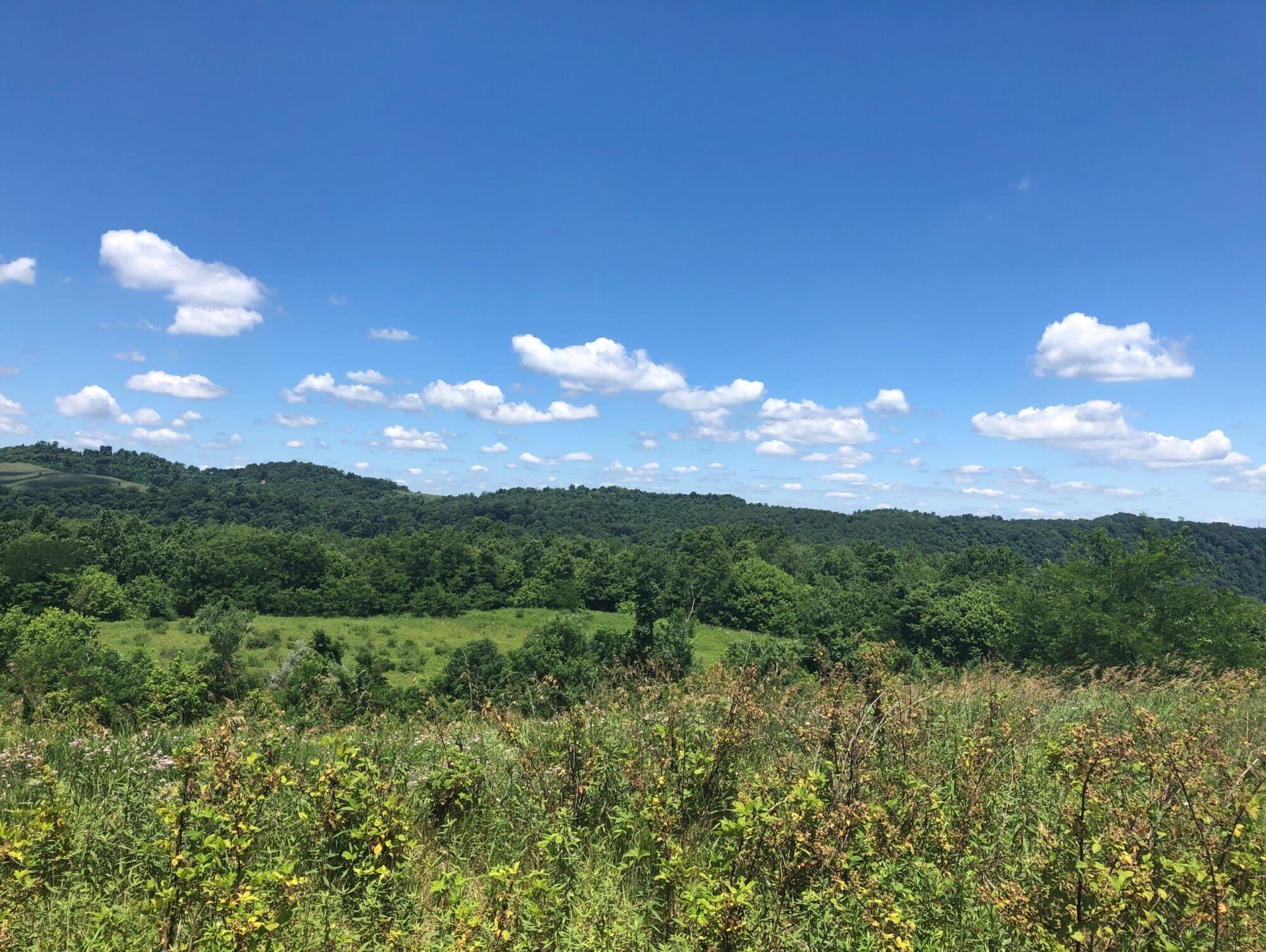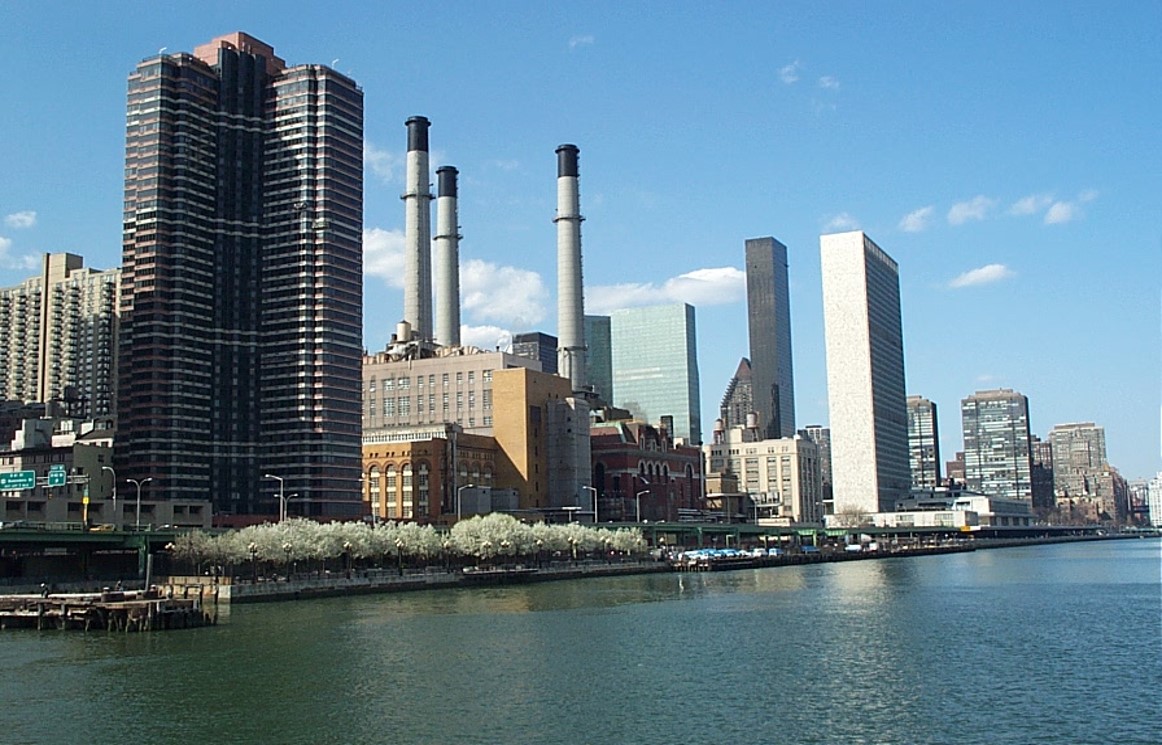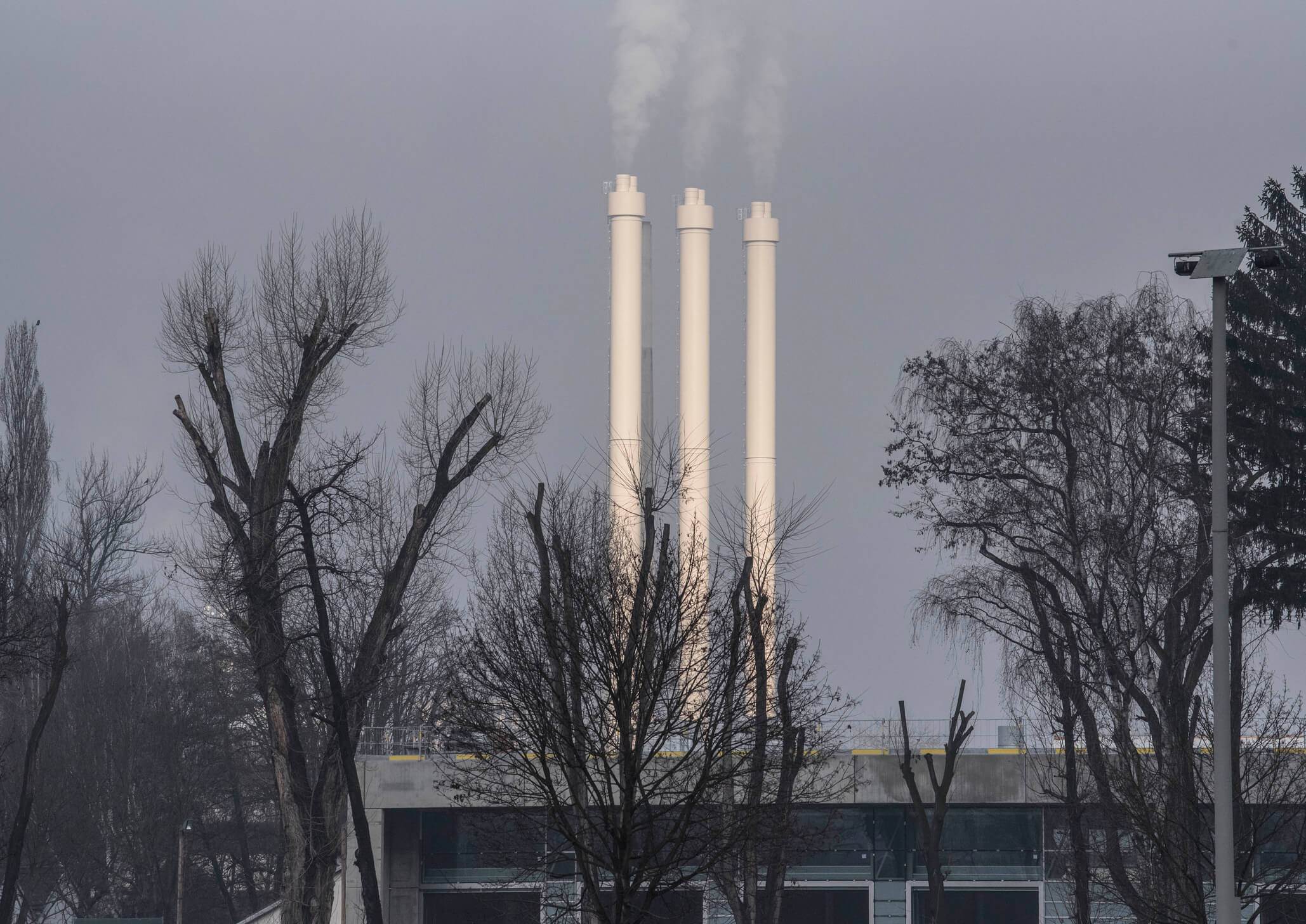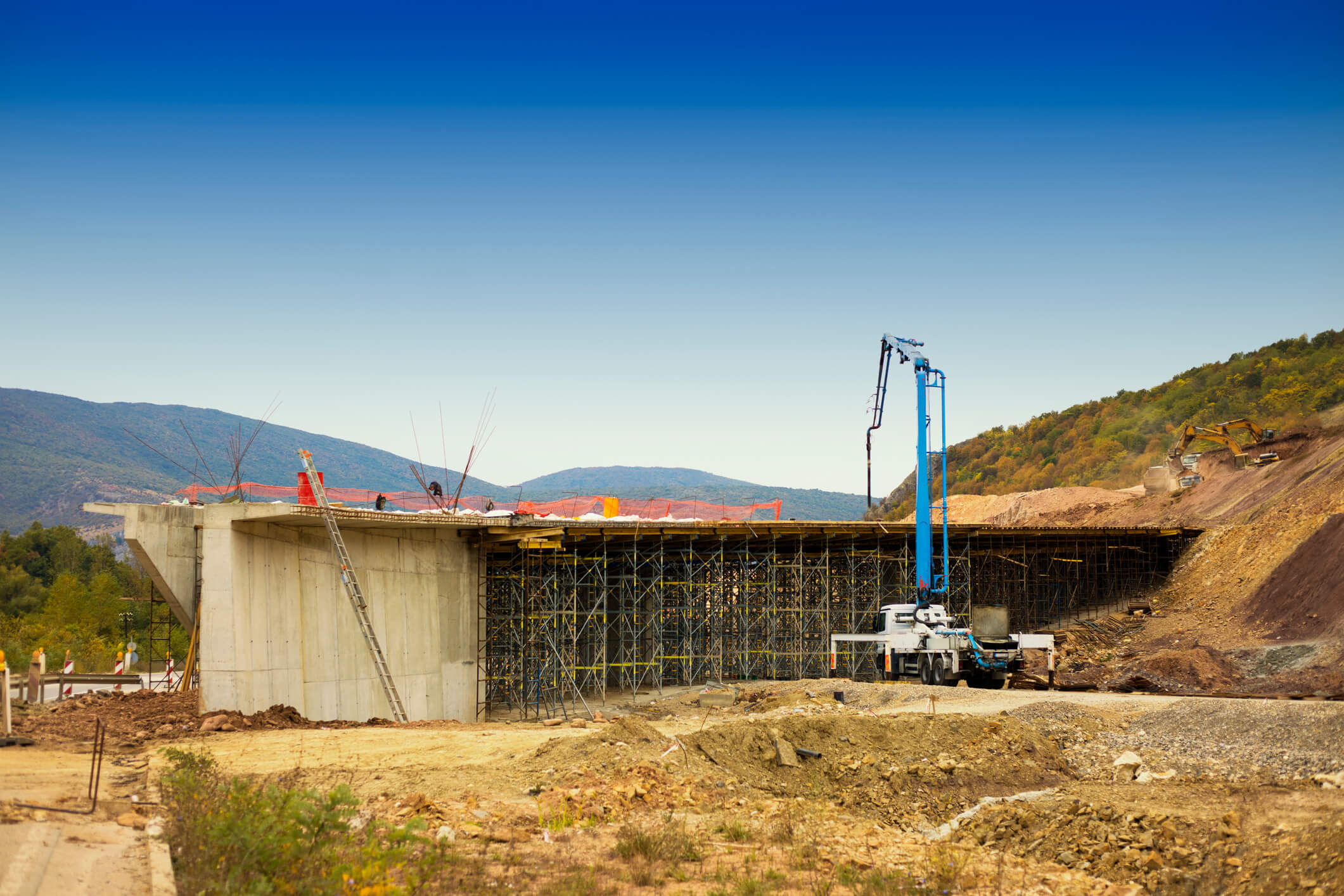United States
Comprehensive Resolution of Demolition and Decontamination Activities at 100-Year Old Power Generating Plant
Challenge
TRC was engaged to complete certain demolition and environmental remediation activities at this 100-year power generating plant, a portion of which transitioned to trash-to-energy power generation in the 1980s. Included in TRC’s demolition was the former Mercury Boiler Room (MBR), a circa-1927 steel frame structure with reinforced concrete floors and masonry walls. The MBR provided structural integrity to several steel columns and beams supporting portions of the main power plant roof and walls.
The site remediation included building materials as well as site impacts associated with the site’s history of coal-, fuel- and trash-to- power generation activities. TRC’s challenge was complex – requiring full demolition and decontamination of a 130-foot high structure as well as remediation on and about an operating power generation facility.
- Project Location: South Meadows Station, Hartford, CT
- Completion Date: Project Ongoing
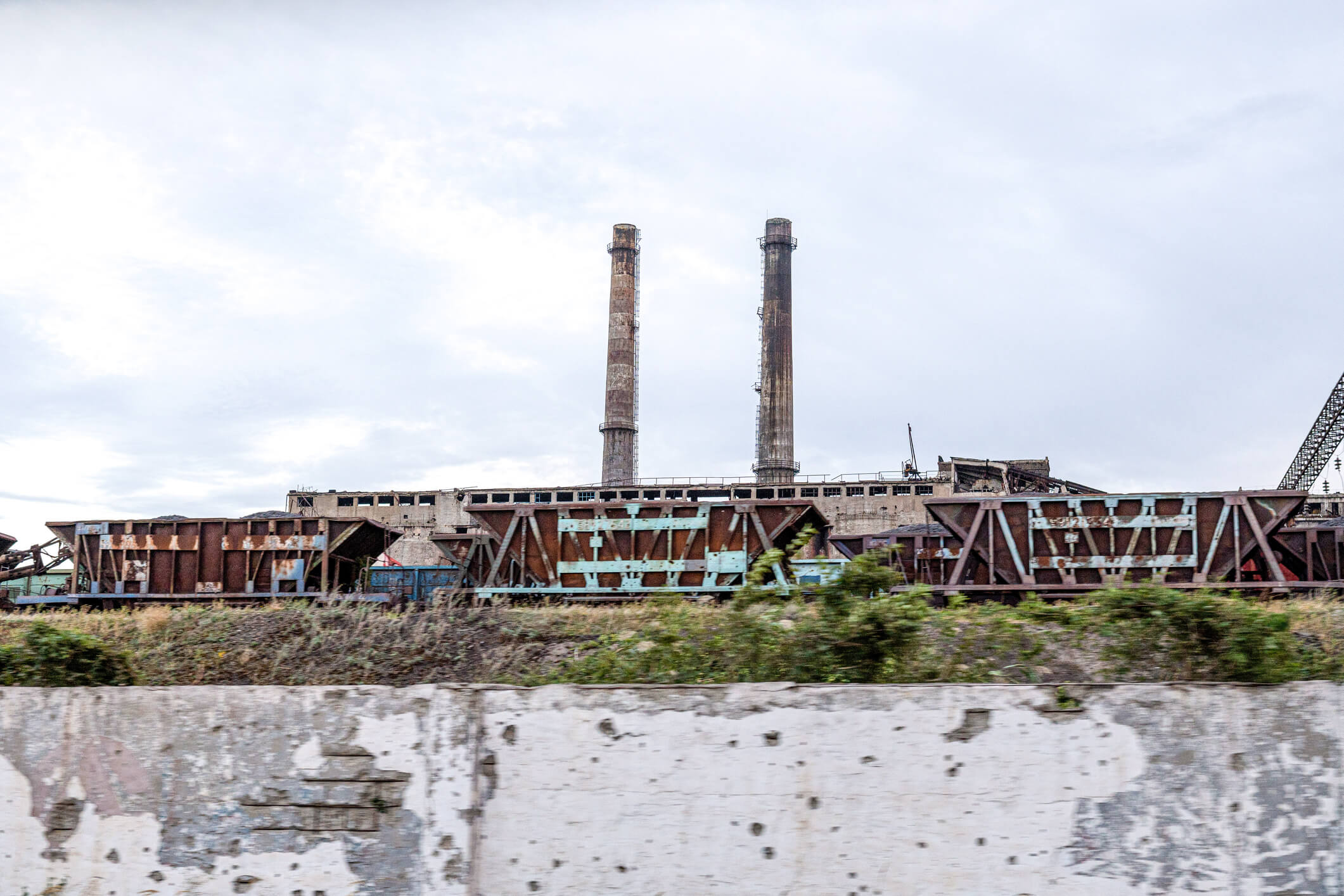
Solution
TRC’s RE POWER® team provided comprehensive resolution of demolition and decontamination activities including:
- Demolishing the MBR and other significant site structures
- Cleaning up the environmental impacts of the MBR and power generating facility.
The technical complexity of this project was unprecedented. TRC completed removal of the MBR portion of the power plant, a 3-million-gallon steel above ground fuel storage tank, a 40,000-gallon fuel storage tank and a 20,000-gallon storage tank.\
In addition, TRC’s work included the investigation, remedial design, remediation and environmental site closure, which included remediation of PCB contamination in the former switchyard/ transformer yard area.
projects/portland-bangor-superfund-waste-oil-site-obligations-resolved/
Results
- Removed MBR while Maintaining Power Plant Structural Integrity: TRC completed the complex demolition and decontamination of the MBR, while maintaining the power plant structure.
- Satisfied Federal and State PCB Remediation Requirements: TRC applied for and received USEPA and Connecticut Department of Energy and Environmental Protection approval to cap inaccessible PCB impacts using alternative clean-up criteria.
- Navigated Remediation in Switchyard/Transformer Yard: TRC’s remedial plan in the switchyard area employed small equipment to remove the impacted material while protecting building, transformer and equipment foundations.
Related Projects
Discover the success we’ve had with helping our clients execute major projects and make a meaningful impact on their local communities.

